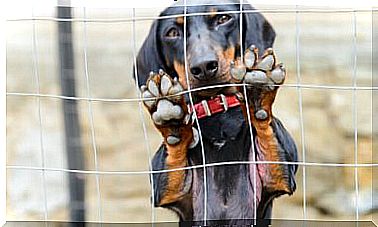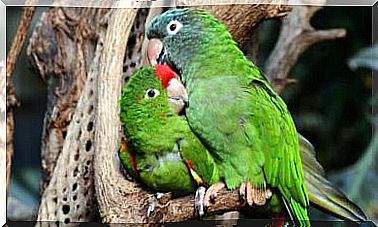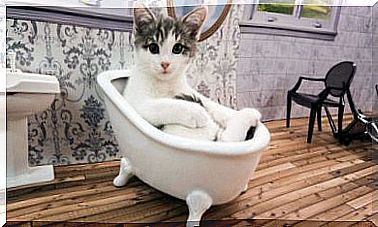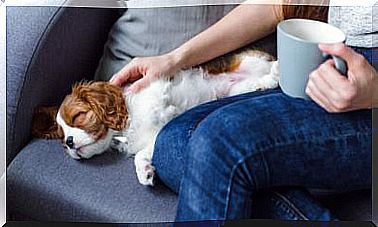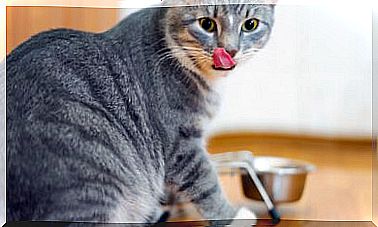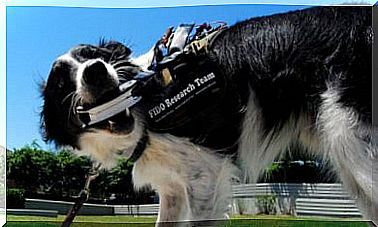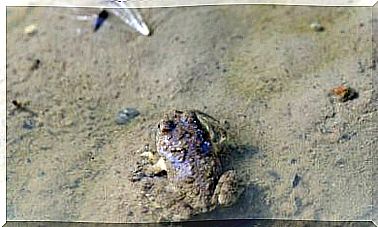Regurgitation In Cats And Dogs: Find A Solution
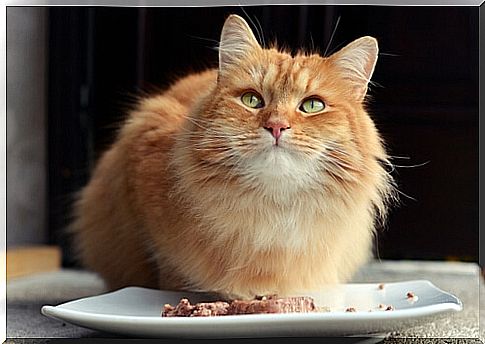
The passive reflux of ingested – and usually undigested – food from the esophagus or pharynx is known as regurgitation. It can occur just a few minutes after your pet has eaten, or several hours later, as long as the food remains undigested. Unlike vomiting, regurgitation is not accompanied by nausea or abdominal contractions and can be caused by problems in the animal’s esophagus or throat.
Main causes of regurgitation in dogs and cats
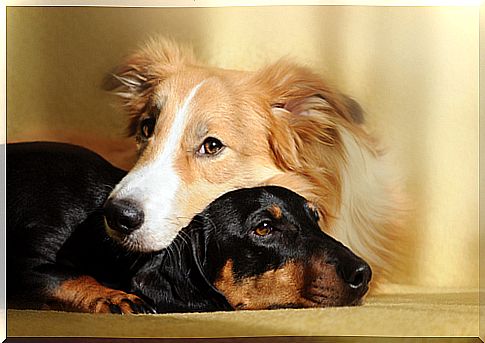
Leaving aside the voluntary regurgitation performed by mothers to feed the puppies, or the case of some cats that regurgitate food without suffering any problems, this inconvenience usually appears as a consequence of pathologies that obstruct the esophagus or that affect the process of swallowing, such as throat problems.
These problems can occur frequently at the time of the animal’s birth, or they can also be acquired. Among the different reasons we find:
- Cancer
- Presence of foreign objects
- Rage
- Poisoning
- Muscle disease (myopathy)
- Problems with the automatic nervous system
- Congenital problems with the esophageal tract
- Enlarged esophagus
- Tumor
- Cancer
- Hiatal hernia
- Narrowing of the esophagus
Keep in mind that the vast majority of esophageal diseases are manifested mainly by alterations in swallowing and regurgitation. Sometimes other nonspecific signs may appear such as apathy, anorexia, halitosis, hypersalivation (excessive production of saliva) and fever.
If the blockage of food transit occurs in the back of the throat or upper esophagus, food leaks out almost immediately, and attempts to eat or drink can cause choking symptoms. Furthermore, the food that is regurgitated may be in the shape of a “sausage” and be covered in saliva.
The alterations of the lower esophagus, on the other hand, are related to the regurgitation of undigested food, but hours after having been ingested.
Some facts about the megaesophagus
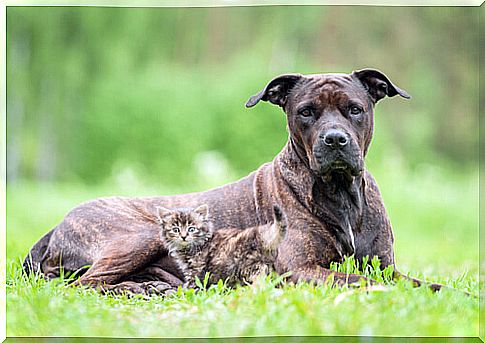
- Megaesophagus is a dilation of the esophagus that occurs together with dysfunction or paralysis of normal movements towards the stomach. For this reason, animals cannot adequately propel food from their mouths to their stomachs.
- The main cause of regurgitation in cats and especially dogs is due to idiopathic congenital megaesophagus. This dilation occurs mainly in young animals. There are many hypotheses about the reasons that cause it, but the one that has been more accepted in recent times is the lack of muscle tone and peristalsis – a set of movements that allow the progression of food – in the esophageal body.
- Symptoms begin to appear when kittens and puppies are weaned.
- In some breeds of dog this disease is hereditary. This is the case of the Miniature Schnauzer and the Fox Terrier . A predisposition to develop this pathology has also been observed in German Shepherd , Great Dane , Irish Setter , Labrador and Sharpei breeds .
If the regurgitation is not due to serious problems and requires surgical treatment, an adequate diet – supplemented or not by drugs – will allow the food to pass correctly through the digestive system and be digested in a convenient way. Also, other issues related to the posture of the animal at the time of ingesting its food can contribute to prevent them from regurgitating.
- The veterinarian will be the one who indicates the steps to be followed in each case, indicating the correct diet and, if necessary, the medication to accompany it.
- On the other hand, eating food in a bipedal position is a fundamental detail in overcoming regurgitations. The physical principle of gravity is what will make it easier for food to reach the pet’s stomach without getting stuck in its esophagus.
- If the animal has problems adopting this position, the food should be placed at the level of its mouth. In both cases, after finishing feeding, it is necessary to ensure that it stays 10 minutes in the same position, to ensure that the food goes down correctly to its stomach.
Surely with the correct treatment – applied in a timely manner – you will prevent your cat or dog from suffering these annoying alterations.
